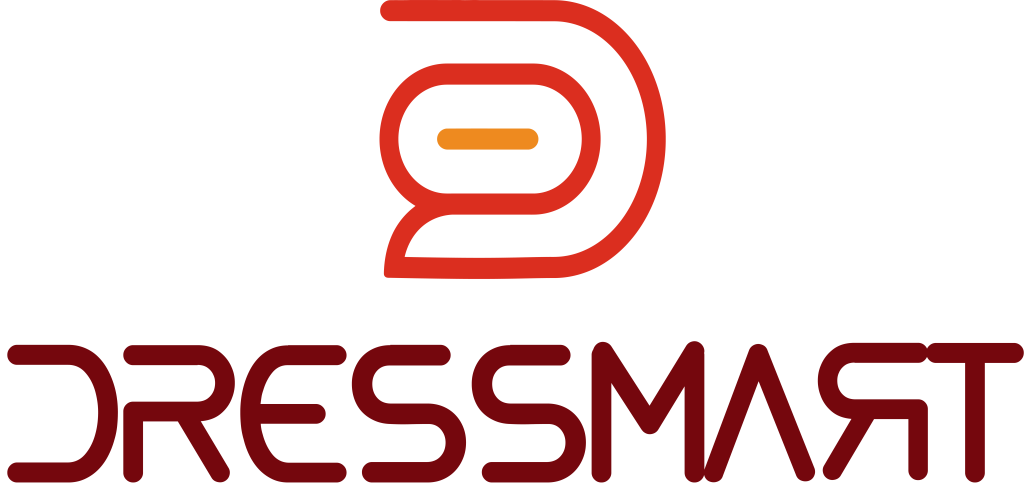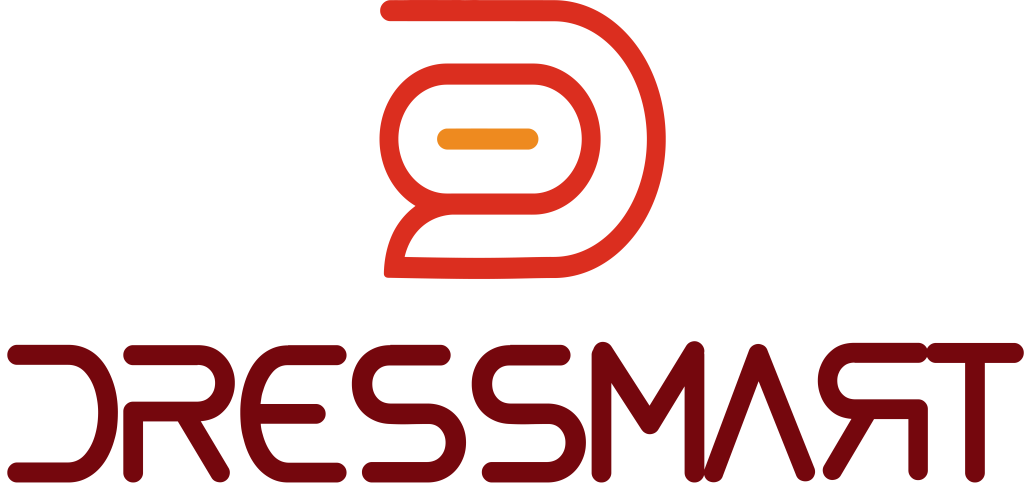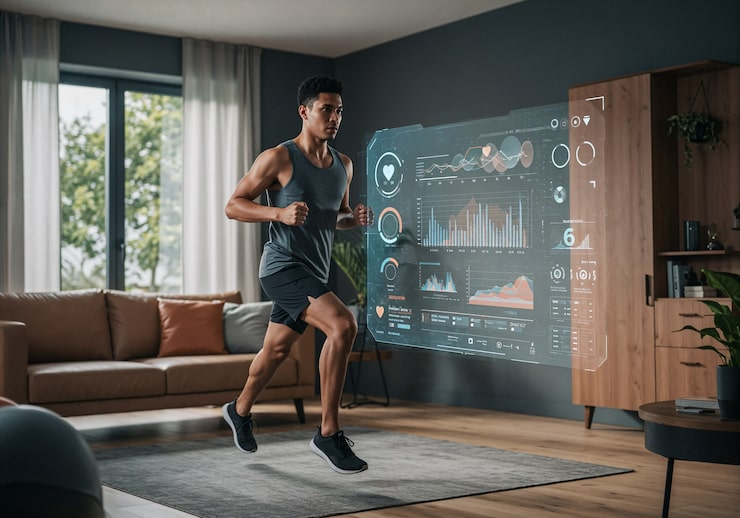Through the modern training space, Dressmart empowers smarter decisions through intelligent apparel designed to capture and interpret physiological data. The technology supports better outcomes through the potential of athletes and everyday users to monitor and enhance their movements. Through close monitoring of the body’s signals, wearable systems are revolutionizing the way people interact with their workouts. The integration of real-time feedback into exercise habits offers measurable improvement of fitness performance through a growing foundation in applied sciences and precise monitoring from embedded systems. As the role of data continues to grow, so too does the influence of exercise technology on the health and behavior of users, with a focus on sustainable development supported by accurate, long-term health measurements.
The Science of Biometric Data in Fitness
The field of exercise science has shown that understanding one’s biometric feedback—such as heart rate, muscular effort, and thermal regulation—can significantly influence exercise outcomes. Wearable garments with integrated sensors provide consistent physiological data that inform tailored fitness strategies. By gathering movement data during dynamic activity, these systems help researchers and trainers assess coordination, fatigue, and effort. When users act on this feedback, measurable gains in endurance, efficiency, and muscular control are more achievable. Systems like those developed by Dressmart are grounded in validated physiological models and are especially effective when users apply them to enhance their fitness performance. As more individuals adopt these tools, the practical application of exercise technology shifts from optional to essential, making proactive use of real-time health metrics a defining trait of modern training.
Advanced Monitoring with Integrated Sensors
Advances in motion-sensing textiles and flexible electronics have led to a new generation of training wear that can detect subtle changes in form, temperature, and electrical activity in muscles. These embedded tools measure patterns previously available only through lab-grade equipment. By processing movement vectors and internal load in real time, users gain a deeper understanding of their bodies’ limitations and potential. The importance of sensor fidelity has become increasingly central to the sports medicine community, especially as it applies to injury prevention and postural correction. Dressmart incorporates these technologies to serve a wide demographic—from elite athletes to health-conscious consumers—making performance measurement more inclusive. This individualized data supports improvements in fitness performance while also contributing to long-term behavioral change through precise health metrics, captured and interpreted using robust exercise technology infrastructures.
Artificial Intelligence and Predictive Adaptation
Artificial intelligence has added a new layer of precision to data-driven training systems. Through repeated use and machine learning models, adaptive programs now respond to user-specific motion profiles. These platforms predict future states—such as muscle fatigue or energy deficits—before the user feels them. When combined with sensor inputs, AI can recommend micro-adjustments in form, rest intervals, and resistance. This scientific feedback loop greatly enhances the application of exercise technology in daily life. Dressmart systems use AI to provide dynamic feedback, bridging the gap between passive tracking and active coaching. As predictive tools refine their models, the optimization of fitness performance becomes less trial-and-error and more systematic. For health applications, this also means earlier detection of risk factors, making the collection and interpretation of health metrics central to both physical achievement and longevity.
Data’s Role in Injury Prevention
Modern sports medicine emphasizes prevention over treatment. Wearable technologies contribute to this approach by tracking motion, muscle activation, and load balance during training. Repetitive strain and asymmetrical effort are key indicators of future injury. With long-term monitoring, trends can be flagged before they escalate into setbacks. Systems developed by Dressmart provide historical and real-time data to support this form of intervention. When integrated with clinical expertise or coaching strategies, these insights contribute to lower injury rates and more sustainable progress. Users aiming to protect their joints, maintain alignment, or manage chronic issues benefit directly from this precision. The ability to align training with biological signals ensures that fitness performance is improved without compromising safety. As this data builds over weeks and months, the value of personalized health metrics increases, reinforcing the critical role of scientifically grounded exercise technology.
Inclusive Benefits of Data-Driven Fitness
The impact of smart training apparel extends far beyond professional athletes. Whether for weight management, cardiovascular health, or post-rehab conditioning, data-driven methods help all users make informed choices. This democratization of performance analytics gives people of varying skill levels the chance to understand their physical thresholds. From automatic pace correction to posture feedback, the technology responds to the user—not the other way around. The scalability of Dressmart garments means that insights gained in elite sports can benefit broader wellness populations. As wearables become more adaptive, the tools that support elite fitness performance become accessible to recreational users. Through tailored guidance built on accurate health metrics, individuals can meet personal goals safely and efficiently, highlighting how human-centered exercise technology enhances the quality of both training and life.
Conclusion
The integration of smart clothing, sensor technology, and computational learning has revolutionized the way individuals go about training. Dressmart is the embodiment of this shift—providing systems to measure, report, and adapt based on real-world feedback. The more these technologies are developed and researched, the greater the potential for meaningful training with knowledge. No longer must the user wonder if they are improving; the data is present, quantified, and actual. The effect on exercise performance is felt across disciplines, from power output to mobility. The science of the transformation is accurate health information, measured in real time, interpreted contextually, and conveyed through intuitive exercise tools. It’s not training—it’s transformation through data.




